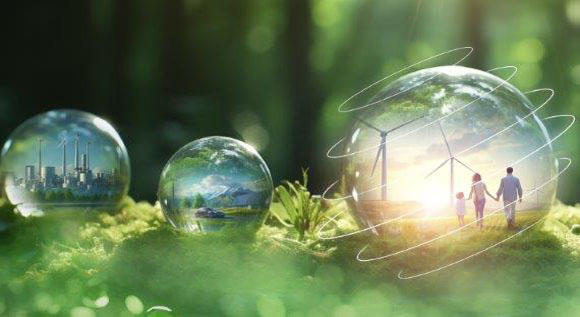Power stations for the energy transition
New H2-capable gas-fired power stations are to leap into action in future in times when there is little wind and sun, and are to safeguard the electricity supply in a climate-friendly way.
 © Adobe Stock / Parradee
© Adobe Stock / Parradee
The time-frame, the financing and the key parameters for this are set out in the Federal Government’s Power Plant Strategy.
The background: Germany is to become climate-neutral by 2045. For this to happen, solar, wind and other environmentally friendly renewable energy sources must gradually replace the generation of energy from fossil sources like coal, oil and natural gas. This is no easy task for an industrialised country which has high expectations for its economic growth, prosperity, climate-friendliness and security of supply.
It’s clear that new power stations need to be built so that the energy supply can be secure and climate-friendly. “H2-ready” power stations produce electricity using natural gas for a transitional period – until there is enough climate-friendly hydrogen on the market for them to be able to switch to hydrogen. That should happen around 2035. The main elements for the conversion of the power plant fleet were agreed by Chancellor Scholz, Finance Minister Lindner and Economic Affairs and Climate Action Minister Habeck in the Federal Government’s long-awaited new Power Plant Strategy at the beginning of February.
H2-ready gas-fired power stations to balance electricity supply and demand
They are to ensure that enough electricity will still be generated at times when there is little wind and solar power available. At present, much of this job is done by coal-fired power plants, standing ready to balance electricity supply and demand. But they are to be taken off the grid in the near future. The new H2-ready power stations serve to substitute them, alongside the existing and planned combined heat and power installations and biomass installations. Ideally, they should be built near the centres of consumption in order to relieve the burden on the electricity grids. In future, for example, it will be possible to manufacture steel, cement and other energy-intensive products without emitting harmful greenhouse gases.
The agreed Power Plant Strategy now needs to be discussed with the European Commission before it can be opened up to public consultation. You can find further detailed information about the Power Plant Strategy here.

